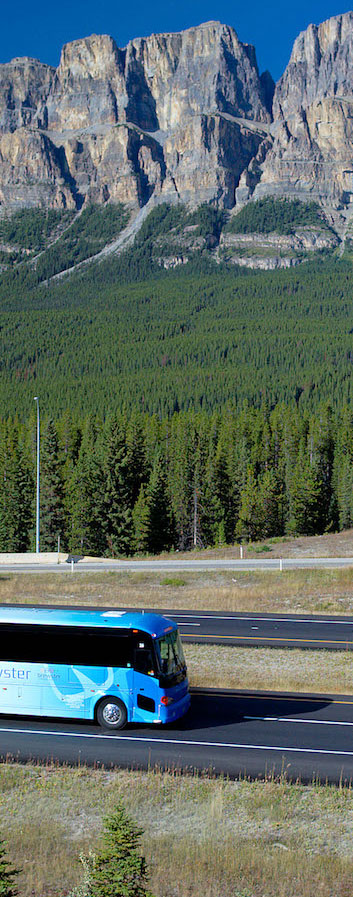Kokedera
Saihoji (Saihōji), more commonly known as Kokedera (苔寺), is one of Kyoto's Unesco World Heritage Sites. Entrance to this temple requires a reservation made well in advance by mail.
Kokedera means Moss Temple, referring to the temple garden's estimated 120 different varieties of moss. Visitors to the temple can walk through this spectacular garden, which has strongly influenced subsequent Japanese garden design.
Kokedera was originally the site of Prince Shotoku's villa before becoming a temple in the Nara Period. In 1339, the temple was renovated and converted into a Zen temple under the priest Muso Soseki. Muso is also credited with creating Kokedera's gardens.
Kokedera offers the unique opportunity for visitors to participate in some of the temple's religious activities. Every visitor to Kokedera is asked to contribute to the observances of kito and shakyo (respectively, the chanting and copying of Buddhist scriptures, called sutra).
After entering the gates, visitors should proceed directly to the temple to pay the entrance fee and begin the sutra copying. They will take a seat at one of the low writing desks. A monk leads the room in sutra chanting and then the copying begins. When ready, visitors can take their sutra paper up to the alter and exit. After the kito and shakyo, a stroll through the moss garden is not to be missed.
Completing the entire activity may take over an hour and sitting on the floor for this length of time can be uncomfortable. It should be stressed however, that copying out the sutra is not as challenging as it may first sound. A tracing of the Japanese characters guides even those with no previous knowledge of Japanese calligraphy or Buddhism.


































